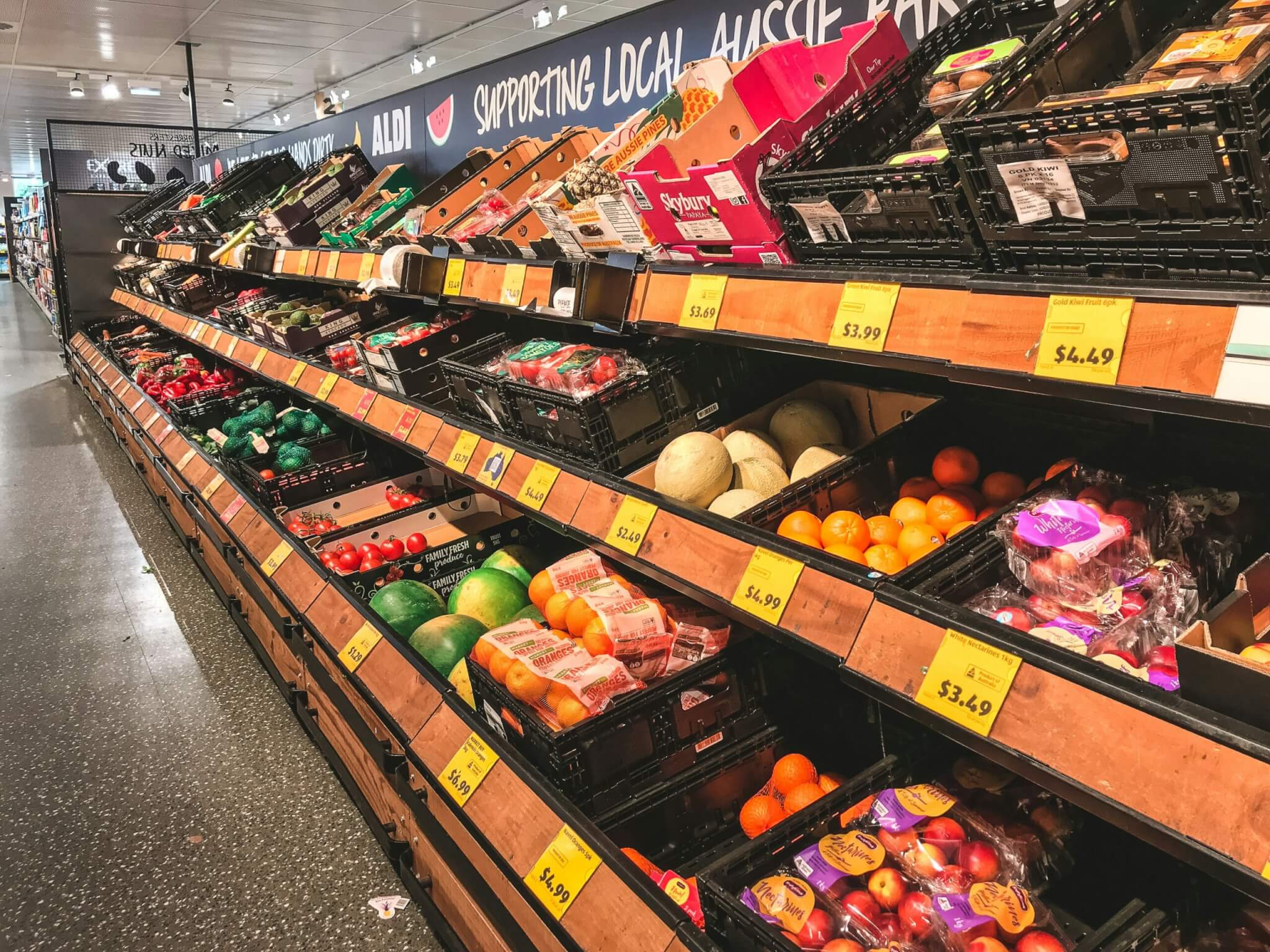A couple of decades ago, when veg boxes were just a promising side line, I was struggling to grow cauliflowers for Sainsbury’s. The specification required a perfectly white curd 120 to 150mm in diameter. Sometimes, with the right growing conditions, we produced the right quantity on the right date; more often we didn’t. There was no market for the small, outsized or excess caulis, so most of the time the crop got ploughed back in; the whole experience was wasteful, frustrating and commercially crippling. Eventually the buyer agreed to take two smalls for one large if we packed them in a ‘bra pack’, but by the time the specifications were agreed and packaging bought, the season was over.
I am sure we appeared frustratingly amateurish with our low “fulfilment rates” compared to conventional growers, but organic production will always be less dependable when it comes to cosmetic appearance; by definition it is part of a biological process which naturally generates diversity. In organic farming the greatest source of variation comes from the availability of soluble nitrogen in the soil, which plants need to build chlorophyll and proteins. In the relatively shallow rooting zone of most horticultural crops, concentrations of nitrates and nitrites vary hugely; in a warm, healthy soil with moderate rain, when a myriad of invertebrates, bacteria and fungi are working hard at recycling organic matter, it can be higher than in conventional, fertiliser-fed soil. Conversely, in cold, poorly aerated or damaged soils or after leaching caused by heavy rain our crops can starve, stop growing, turn purple and then yellow before prematurely running to seed in a desperate final attempt to preserve their genes.
We have been watching our summer greens in France for a month while they search in vain for this elusive nitrogen. With the crop in Devon almost ready and 100mm of rain leaching away any remaining nitrogen last week, time has run out; though perfectly formed they are barely half the target weight and would undoubtedly be rejected by a supermarket. We are not Sainsbury’s though, so we cooked them up, liked the flavour and have decided to give you two or three small but perfectly formed and very tasty heads. Minus the bra pack and waste.










0 Comments